March Gardening Tips 2024
March is a lovely month. Not only are the spring flowering bulbs in full bloom but Camellias are in flower, the Magnolia buds are swelling and blossom is on the trees. It is a month of promise with so much still to look forward to in the garden. And the days are lengthening which is always a cause of celebration in my book, because it gives more opportunity to get outside and get gardening as March progresses.
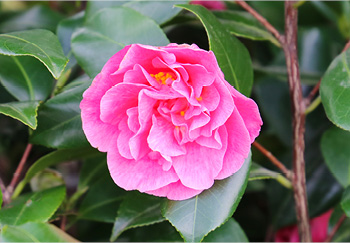
Gardens and gardening certainly provide me with space to breathe and connect with the natural world which is very grounding and particularly helpful when the wider world is in such a sad and troubled place. This is certainly something we shall be focussing on more this year with plenty of advice and tips, and hopefully some talks on how to make the most of your outside space for health and wellbeing. To be honest, I am so fortunate to work in a horticultural business. Just going round our centres and nurseries this time of year is a treat and a pick me up. With lots of fabulous new plants arriving in the garden centres from now on, there is always something colourful, fresh and seasonal to see and the plant areas are constantly changing as new stock comes in throughout the spring. This makes a garden centre a really exciting place – for me anyway.
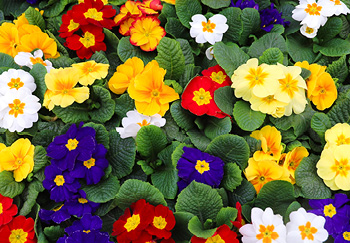
There is always something new and beautiful to see in every department, especially because the spring is a good time to plant all sorts of hardy plants, from trees and shrubs, to perennials, roses and climbers. At the moment we are hosting our Festival of Primroses, a real riot of colour to delight the senses and the primroses are all grown locally by our own Barnsfold nurseries in West Sussex.
Look out for summer flowering bulbs which are a great way to add some drama to your borders or pots, especially if you have a few gaps to fill. Dahlias, Agapanthus, Lillies and Gladioli, to name but a few stunning subjects, can be bought as corms or tubers now and planted in a few weeks’ time.
This is a cheaper alternative to buying them as plants later on. It always amazes me how much beauty can come from a somewhat unpromising, unexciting looking brown bulb, it is truly one of the wonders of nature. Talking of saving money, overcrowded clumps of perennials can be divided in spring increasing your plant numbers at no cost whatsoever.
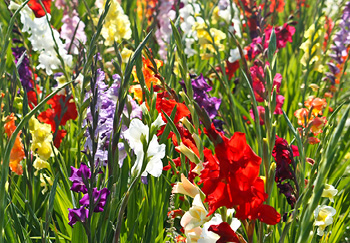
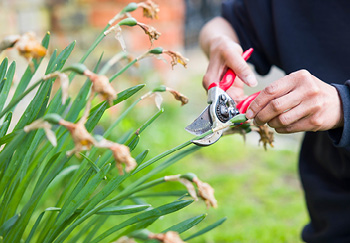
Of course, spring flowering bulbs are very much doing their thing now. Dead head Daffodils and Tulips when their flowers start to fade. Cut the blooms and compost them but leave the foliage to die down naturally so it can go on photosynthesising to feed the bulb for next year’s flowering.
Turning to the vegetable patch, I am running slightly late. I haven’t yet bought my seed potatoes for this year, but it is high on my list and then I will need to put them in a cool, light position to chit (sprout) for planting later. Early varieties can be planted towards the end of the month.
Onion sets and shallots can be planted now. Broccoli, Cabbage, Kale, Parsnips, Peas, Radishes and Spinach can be sown outside towards the end of March and then covered with cloches, or a little later in the season you can buy young plants to grow on. Many varieties of tomatoes and chillies can be sown now in the greenhouse, on a windowsill or in a conservatory.
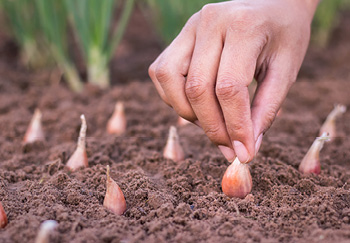
March is the time to prune established roses (other than ramblers which flower on last year’s wood, so you will lose this year’s flower if you prune now). Prune to an outward facing bud using a good pair of sharp secateurs. It is really important to keep secateurs clean to avoid spreading disease.
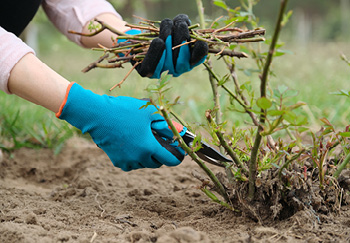
Pruning the roses is quite time consuming in our garden because we have a lot of them – some might say too many, but I don’t believe you can have too many roses. I am going to have to hold back this year as we really don’t have the space for any more, but I already have my eye on two new introductions from David Austin which were shown at Chelsea last year ‘Elizabeth’ and ‘Bring me Sunshine’ and I am also taken with ‘Nostalgia’ which is a pretty bi-colour rose that I haven’t seen in person yet but looks really lovely in photographs.
Gardens do better when well fed and good soil health results in good plant health, assisting plants to resist pests and diseases without intervention. A general fertiliser applied to borders and watered in, unless rain is forecast, will do wonders. Then mulch well – perhaps 6 to 10 cm – with garden compost, composted bark or bark chips to keep the moisture in and the weeds down. Shrubs, roses, trees, climbers and perennials will all benefit enormously.
March is a great time to sow a new lawn, or repair worn patches. Given the mild and wet February we have experienced it is likely that the lawn will need cutting very soon. Set the mower blades high to avoid scalping. Rake (scarify) the lawn to get rid of debris, dead grass and moss. Aerate badly drained areas of the lawn with a hollow tined fork. Try to avoid walking on waterlogged lawns and working in sodden borders to avoid soil compaction.
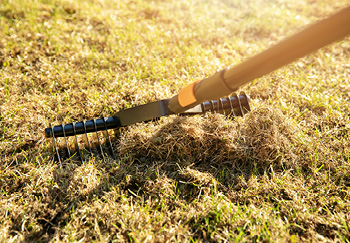
I hope you enjoy all that the garden has in store this month, from blossom to birdsong and I wish you a very Happy Easter at the end of the month.






